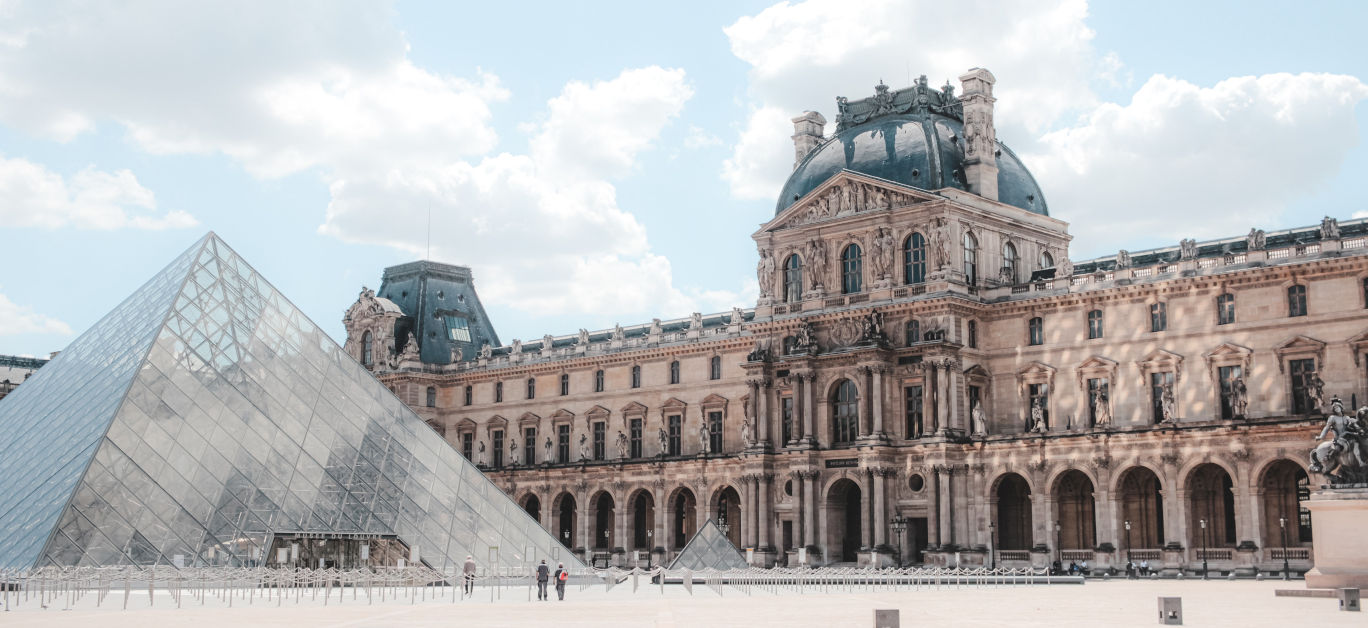From the captivating Cote d’Azur to culture-filled Paris to the vast wine regions and so very much more in between, France offers a wealth of travel, food and wine experiences, but it’s time to go underground to discover some of the more interesting tourist attractions that will surprise and delight.
From ancient cave drawings to historic wine cellars to prehistoric dwellings, there are some fantastic gems sitting just below the surface, ready and waiting to be explored, so if you’re hoping to hop on a plane and visit France this year, keep the below seven undergrounds gems in mind for your next exciting trip.
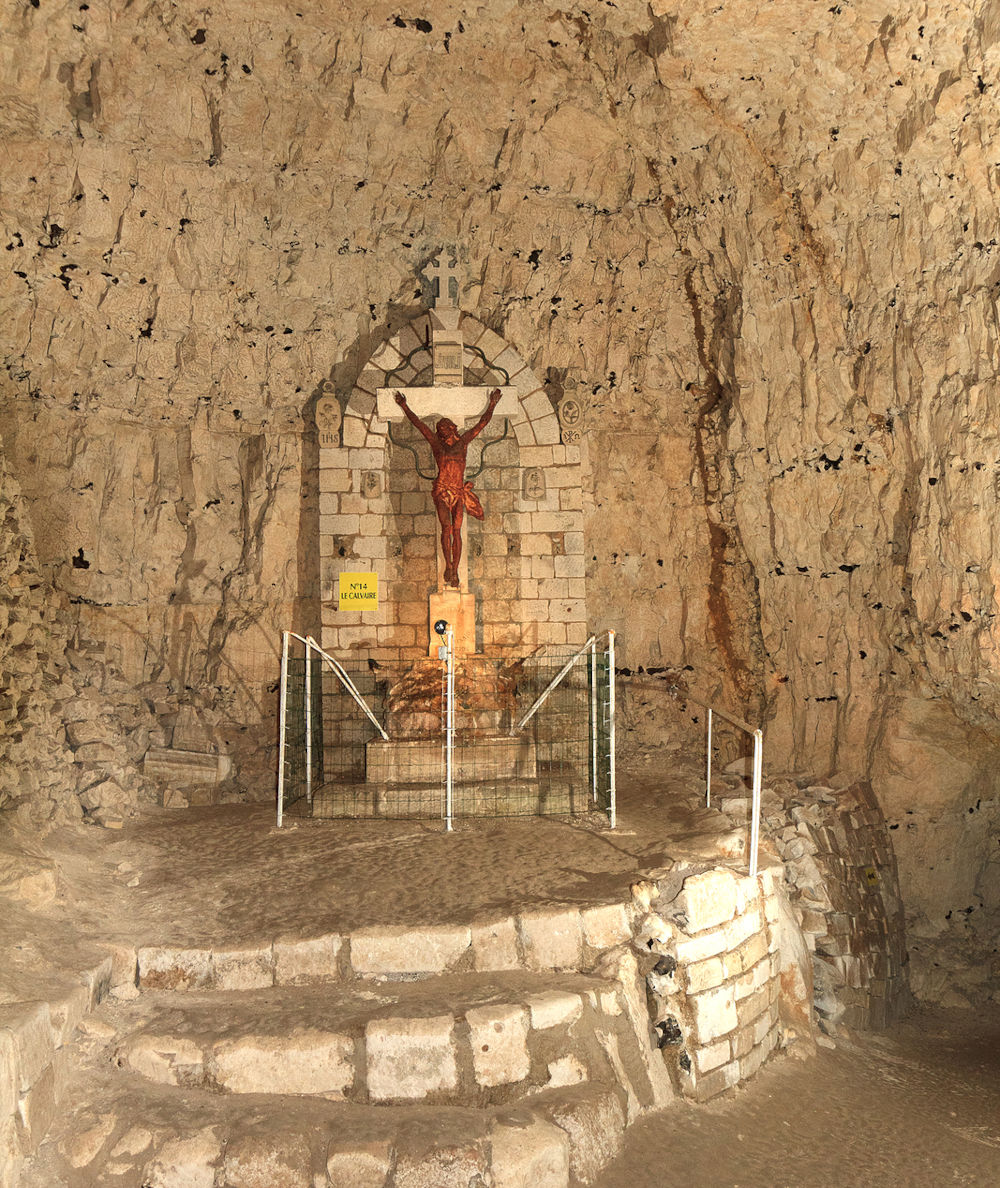
Essentials for your travel adventures
When travelling abroad, it’s always wise to plan well in advance, so you’re aware of what you need to take with you. As well as suitable clothing and footwear for exploring underground and sometimes hard to reach attractions or those with limited space, you’ll need to consider what technology you should take with you. Ask anyone and they’ll say they can’t live without their phones, and this is especially true for travelling as they’re such useful devices that are used in a multitude of ways, from making payments to taking photos, using the torch for underground sites, checking weather updates and keeping travel documents secure.
Whether you have the latest Android or iPhone, you’ll certainly be hoping to use your device while you travel and so ensuring that you have a digital SIM card for France should be a priority. In the form of a handy app, these electronic SIM Cards allow you to choose the country you’re visiting and are priced according to different durations, offering all the privacy and security you need to use your phone as you wish.
From taking your best travel photos and uploading them to social media to staying connected with loved ones and even checking in with work while away, it’s all achieved in the simplest of ways with an eSIM Card. The benefits of a virtual SIM Card are plentiful and will make your holiday go as smoothly as can be.
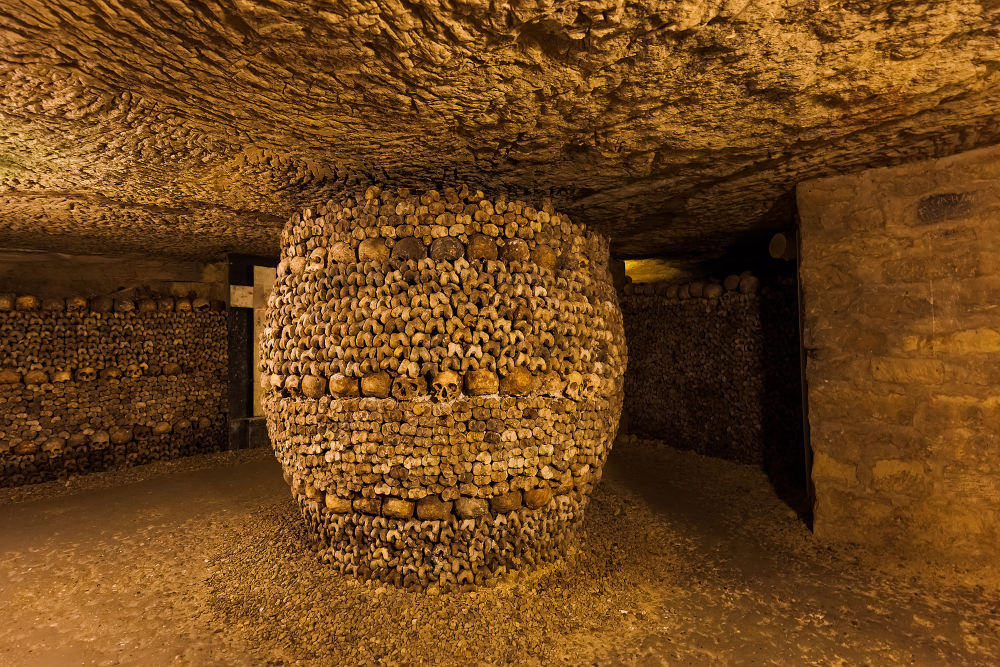
7 of the best underground tourists attractions in France
Now that you’re packed and ready to travel, we’ll delve into the subterranean sites worth visiting when you next travel to France. Where will you go to first?
Paris Catacombs
With all of the wondrous sights to see and experience above ground in France’s capital, visiting the Paris Catacombs doesn’t always come as a priority, but put this place on your list for your next visit as you won’t want to miss out. Described as a ‘veritable labyrinth in the heart of underground Paris’, the Catacombs – sitting 20 metres below the surface – were established in the tunnels of old quarries and visitors will find a maze of galleries and an ossuary containing the remains of several million Parisians.
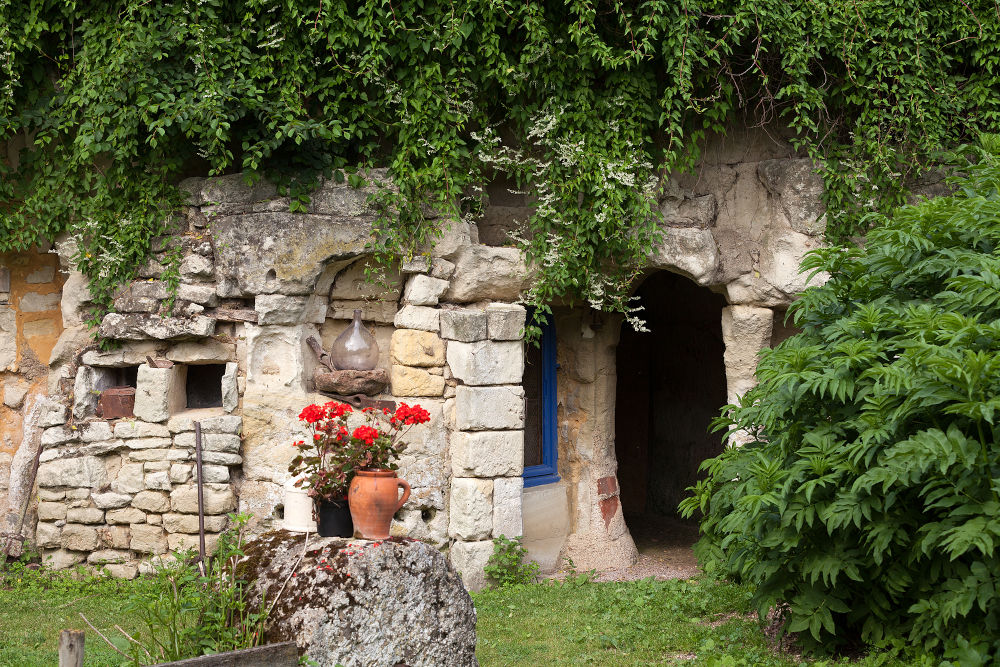
Troglodyte dwellings in the Loire Valley
The Loire Valley in southeast France is well known for its wine industry and castles, but there’s some fascinating prehistoric physical history you can visit in person, too. Palaeontologists and tourists alike will be impressed by the troglodyte caves of the Loire Valley, which are cave-like houses carved into tufa limestone cliffs, used by cavemen and women for hundreds of years. Now, there are hotels, museums, wine cellars, shops and restaurants in these structures.
The Caves of Naours, Somme
An ancient underground city dating back to the 10th century, the Caves of Naours, excavated in the limestone subsoil of Picardy, were dug by hand and used by local peasants and their herds as a refuge over the centuries during conflicts. There are over 2,000 metres of tunnels up to two metres-high, including 28 galleries and 300 rooms, and visitors can learn about the many uses and history of the caves by way of tours, while there’s a museum on site, too.
Medieval Louvre, Paris
The Louvre is one of the most visited places in Paris for its Mona Lisa painting and Venus de Milo statue, but did you know that beneath the surface lies the Medieval Louvre? Sitting under the museum’s Sully Wing, the Medieval Louvre, or Louvre Castle, dates back to the reign of Phillipe Auguste and visitors can explore the ruins of the castle that existed between 1190 the early 16th century.
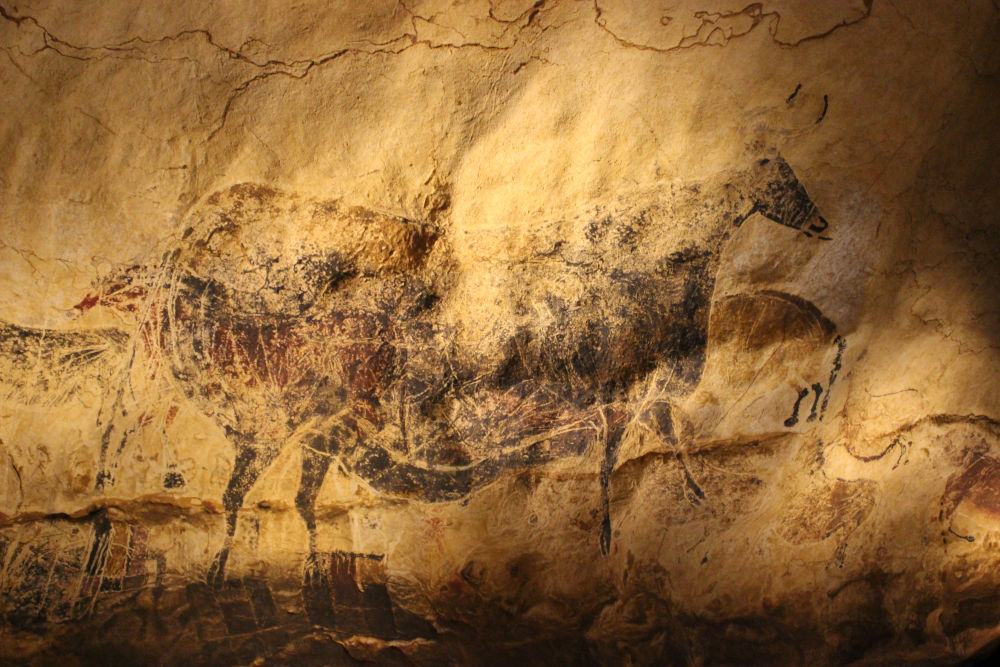
Ancient cave drawings Lascaux, Dordogne
Discovered in 1940 by four schoolboys, the Lascaux cave and its wall paintings have become a site of major historical importance due to the fact that the parietal artwork is said to date back around 19,000 years. Though physical tours of the cave itself were stopped in 1963 due to degradation of the prehistoric paintings, an exact replica has been produced for visitors in the International Centre of Cave Art of Montignac-Lascaux.
The Caves of Trabuc, Dordogne
Located within the mountains of the Cevennes National park, the Caves of Trabuc were discovered in 1945 and showcase 500 million years of natural history. Visitors can tour the living cave and discover the ‘100,000 soldiers’ – a blanket of thousands of short stalagmites and a geological phenomenon unlike anything ever seen before.
Wine cellar of Strasbourg Hospital
Home to the oldest barrel-stored wine in the world, a white wine from the year 1472, the 14th-century wine cellar of Strasbourg Hospital has survived fire to produce its medicinal wines to patients over the centuries. The famed wine barrel containing 450 litres of wine, that has only been tasted three times in its history, sits alongside 150,000 other bottles which are produced by the cellar each year. There’s a wine museum on site and bottles from this legendary cellar can be bought in the cellar’s shop.












